A then-and-now look at Pripyat, the city that housed workers of the Chernobyl Nuclear Power Plant and was evacuated after the disaster, through historic pictures and how those scenes look now, after 30+ years of abandonment
Founded on 4th February 1970 and named after the nearby river, Pripyat was the ninth “nuclear city” to be constructed by the Soviet Union. Proclaimed as a city in 1979, the settlement was built to house the workers of the Chernobyl Nuclear Power Plant, which was constructed at the same time. By the time of the disaster on 26th April 1986 the population of the city had grown to 49,360 people.
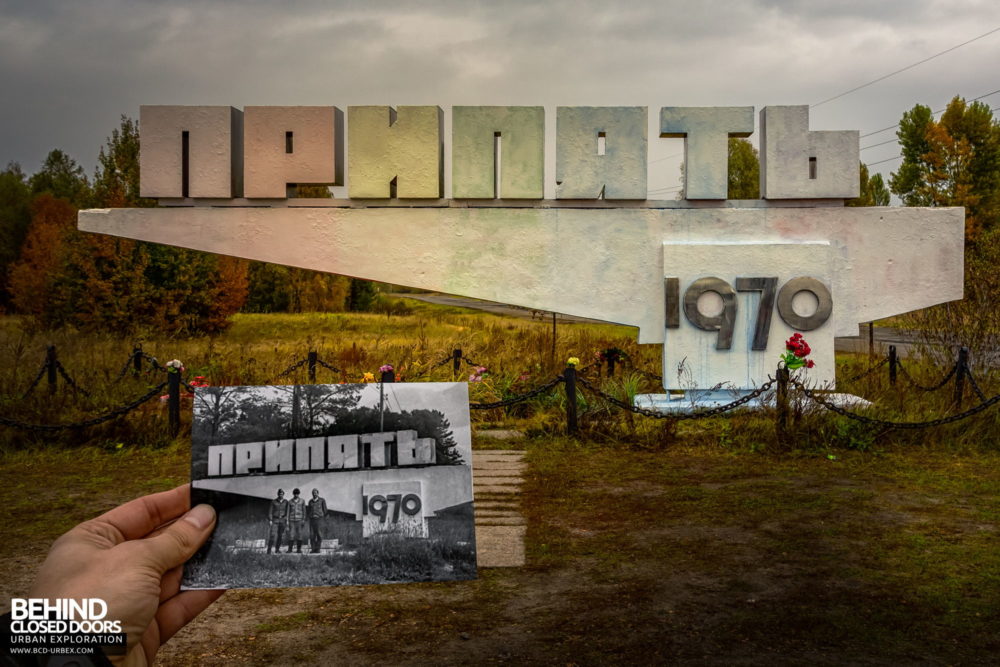
Bus Station
The bus station was situated just off Lenin Avenue, the main route into the city of Pripyat. The city was served by 167 urban busses, and the station functioned as an important transport hub between Kiev (150 kilometres away) and the Belorussian Soviet Socialist Republic.

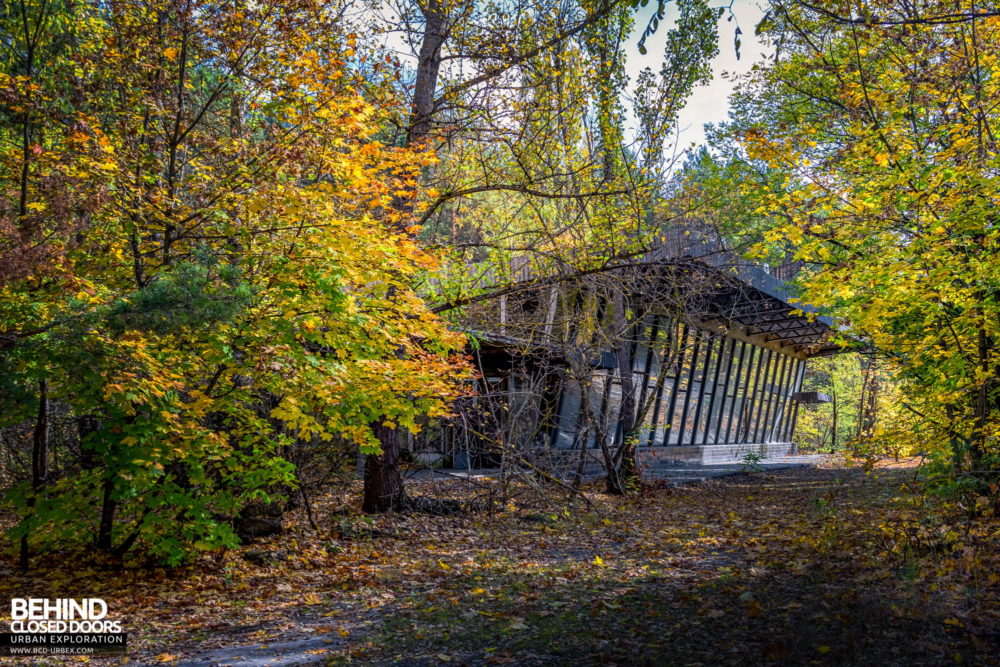
Post Office
The post office was the central communications facility in Pripyat. The building features a large painting on an interior wall, depicting doves symbolising peace, along with cosmonauts and other technological achievements symbolising the superiority of the Soviets.
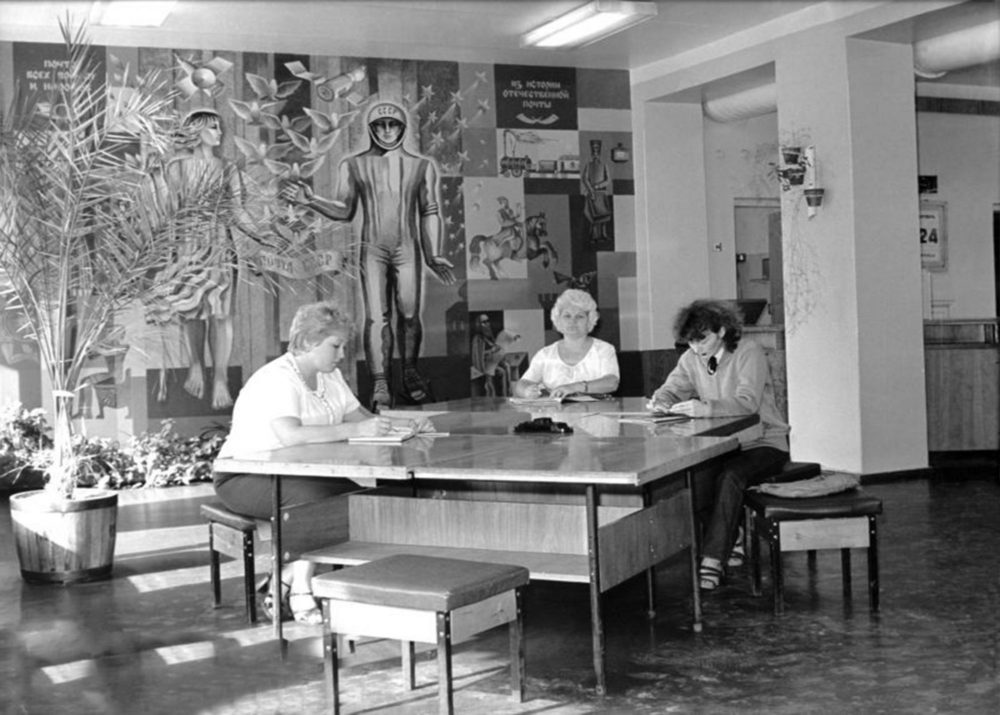
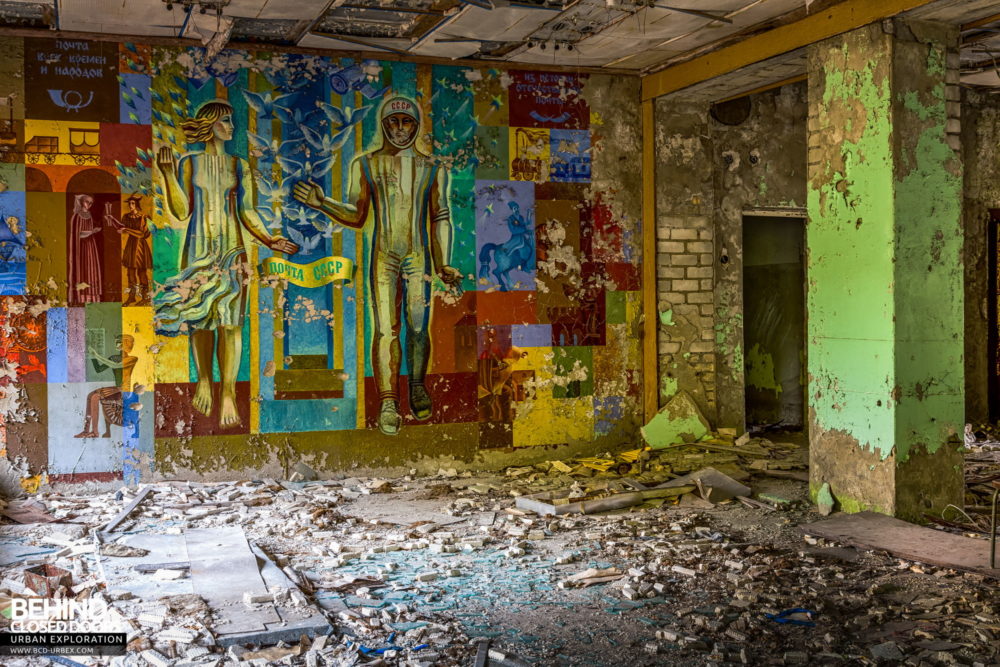
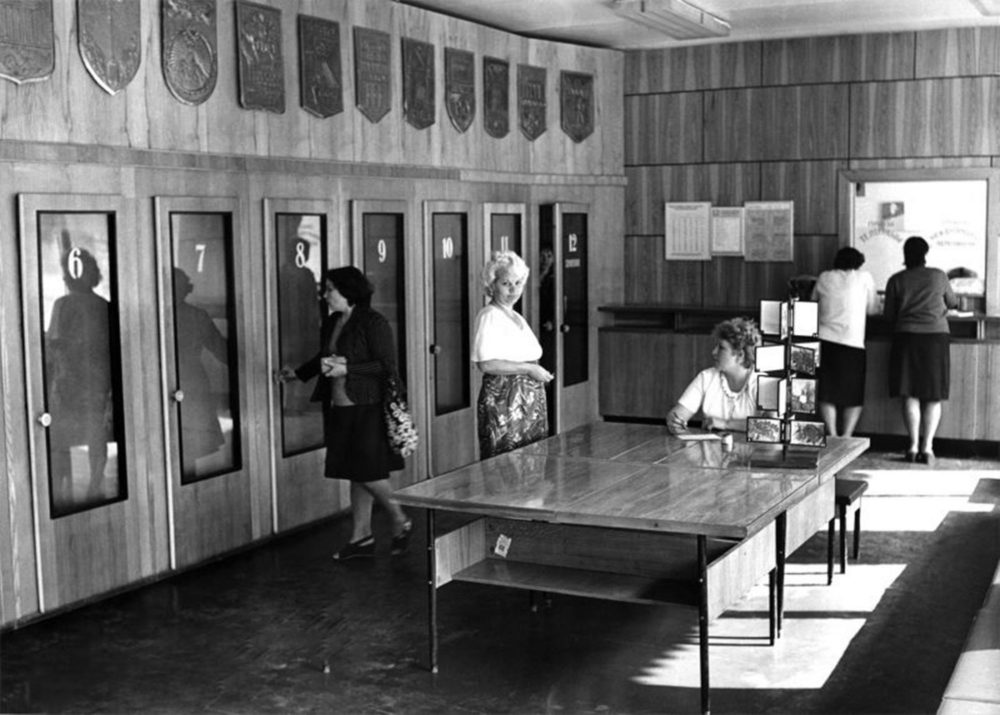
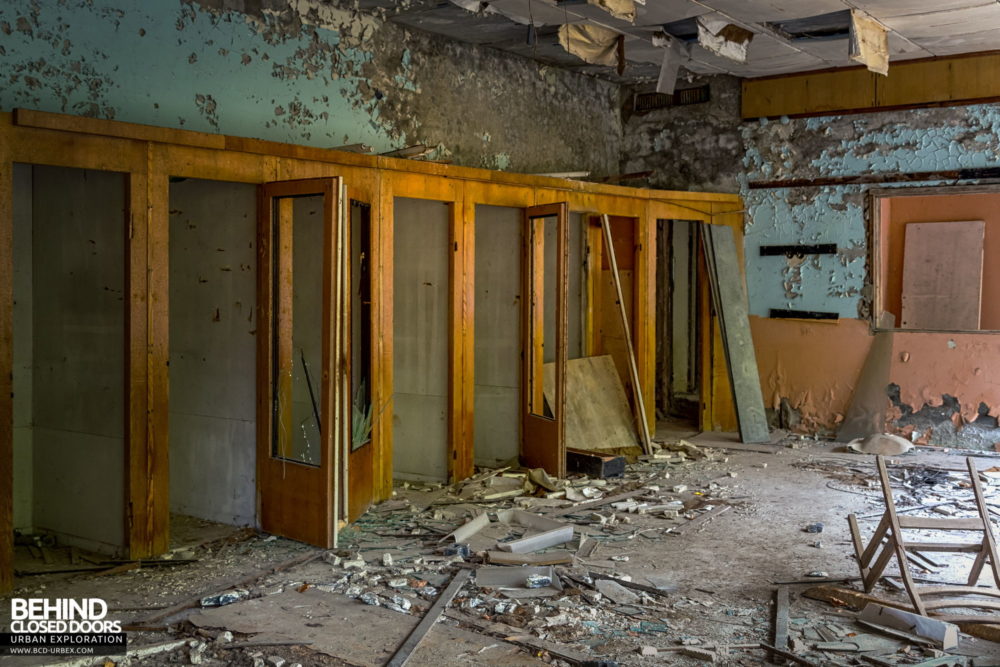
Swimming Pool Azure
The Swimming Pool Azure is the largest of three indoor pools within Pripyat, centrally situated on Sportivnaya Street. The pool remained open after the evacuation of the city, and was used by cleanup workers.
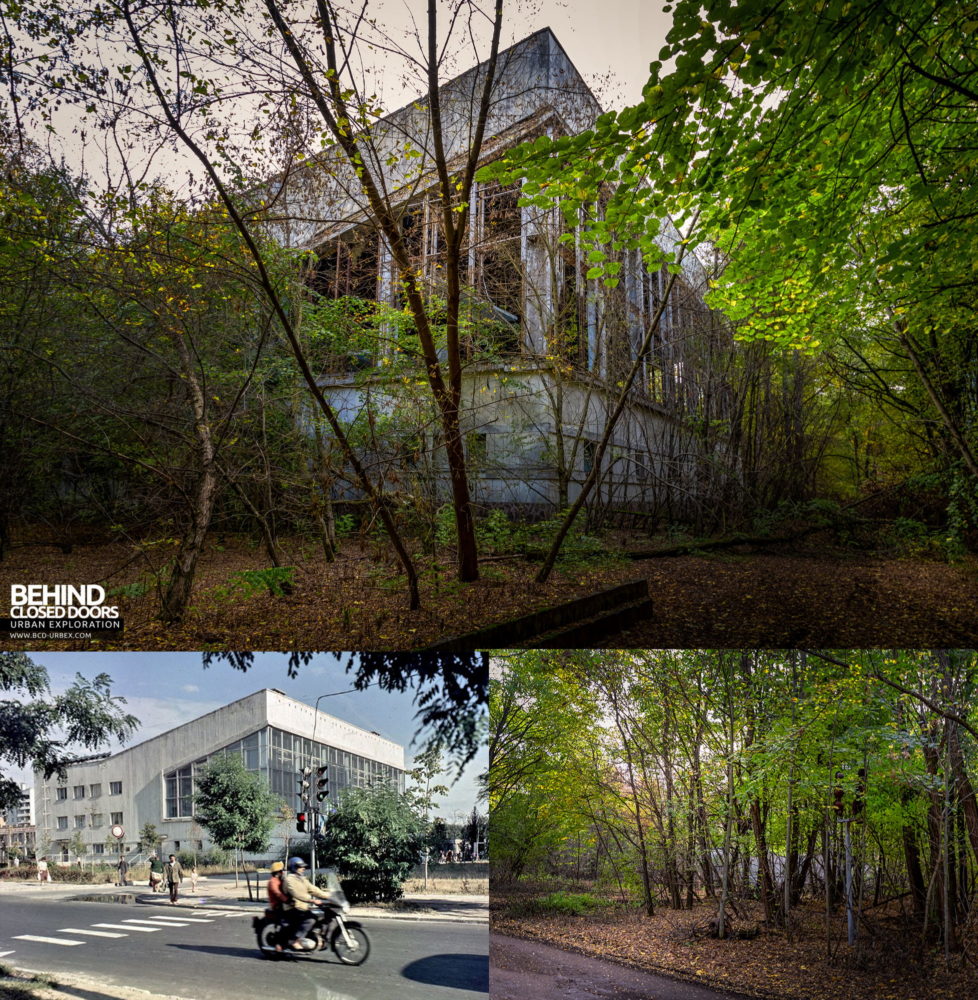
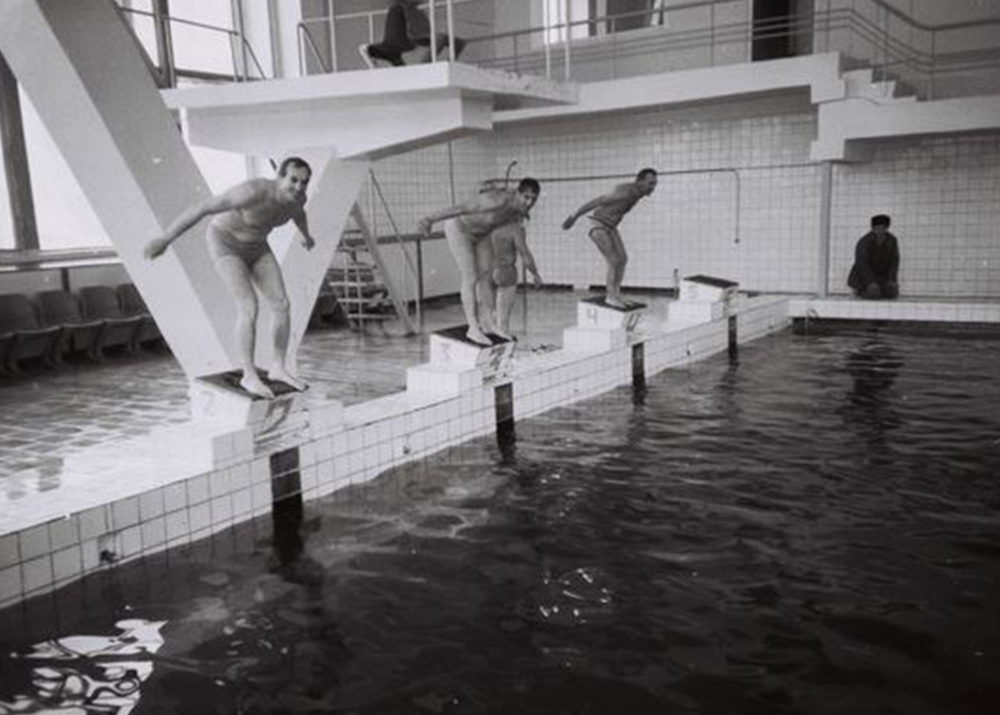
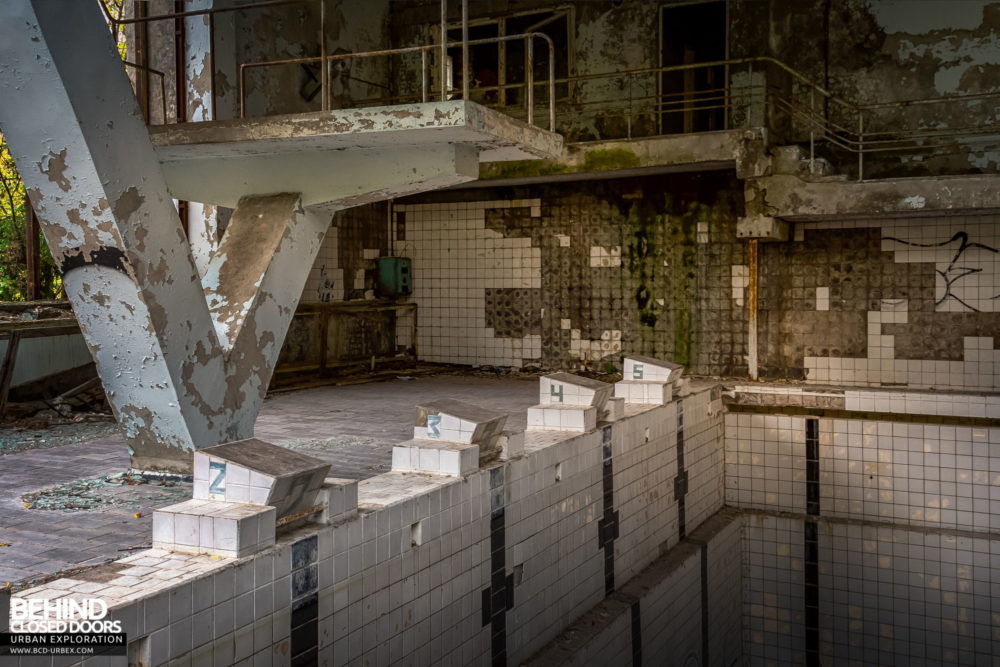
Cafe Pripyat
Pripyat’s cafe is situated on the edge of a large lake and was an affluent gathering location for the young residents of the city. The cafe was commonly refereed to as “The Dish”, owing to the circular observation deck overlooking the water. Sailboats used the lake during the summer, and in winter the water would freeze and was used by children for ice skating.
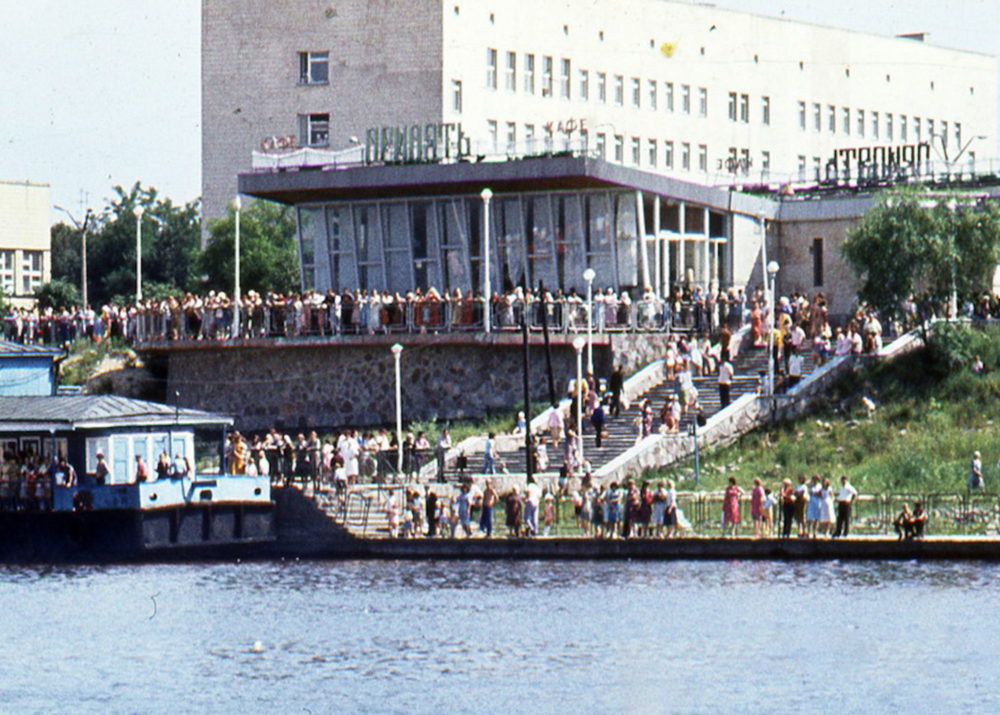
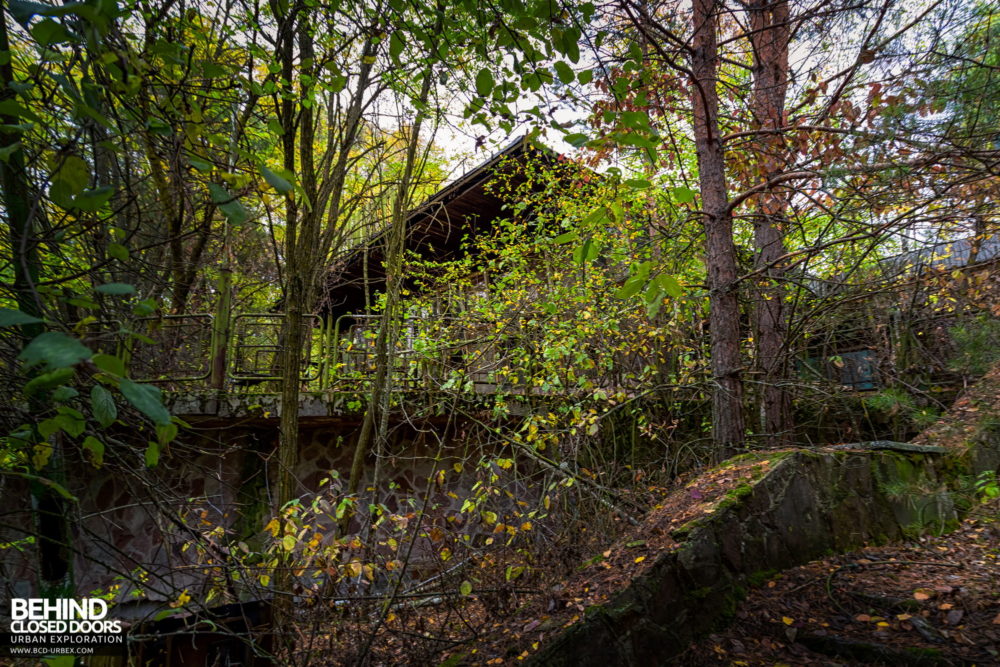
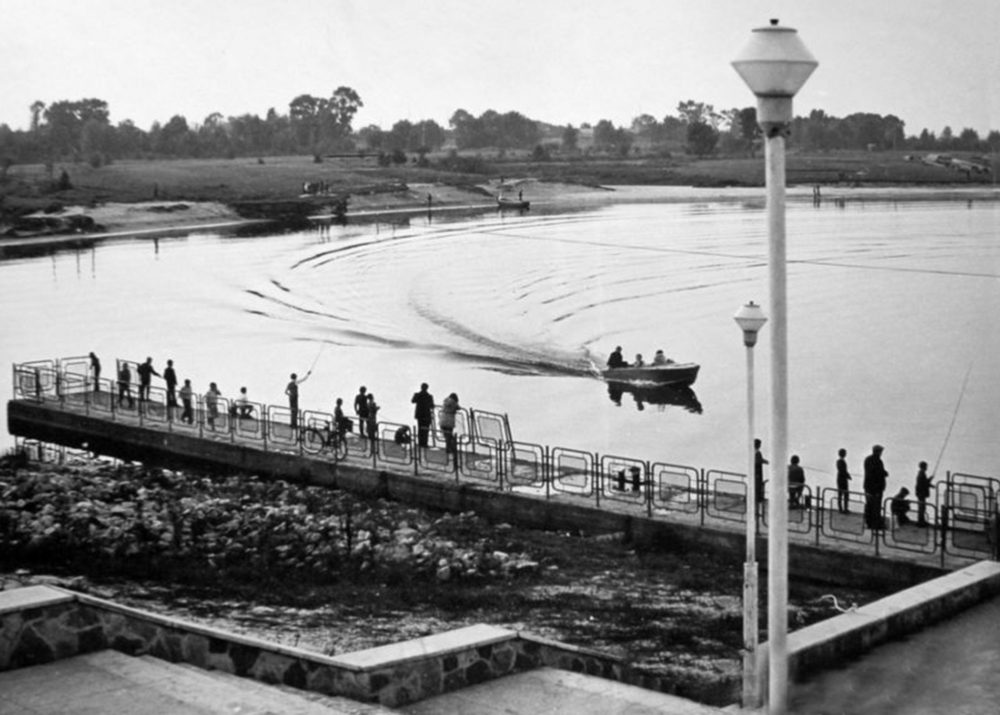
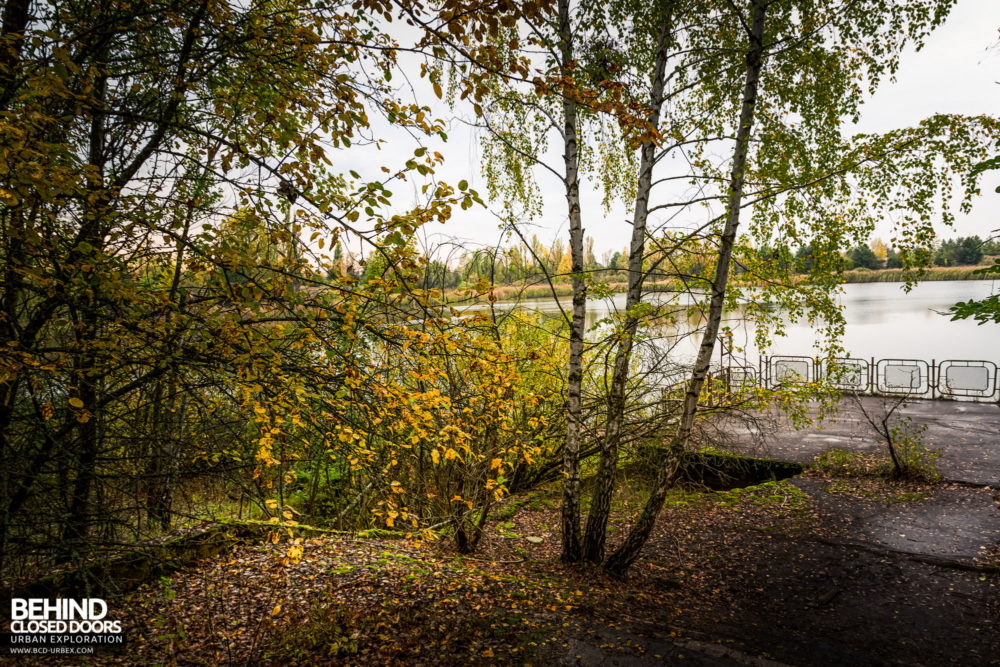
Lenin Square
The central area of the city at the end of Lenin Avenue, Lenin Square was surrounded by some of city’s most iconic and important buildings including the Palace of Culture, the Restaurant and Hotel Polesye. The Palace of Culture was named “Energetik”, a play on words as it not only means “energetic” (lively) but also translates to “power plant worker”.
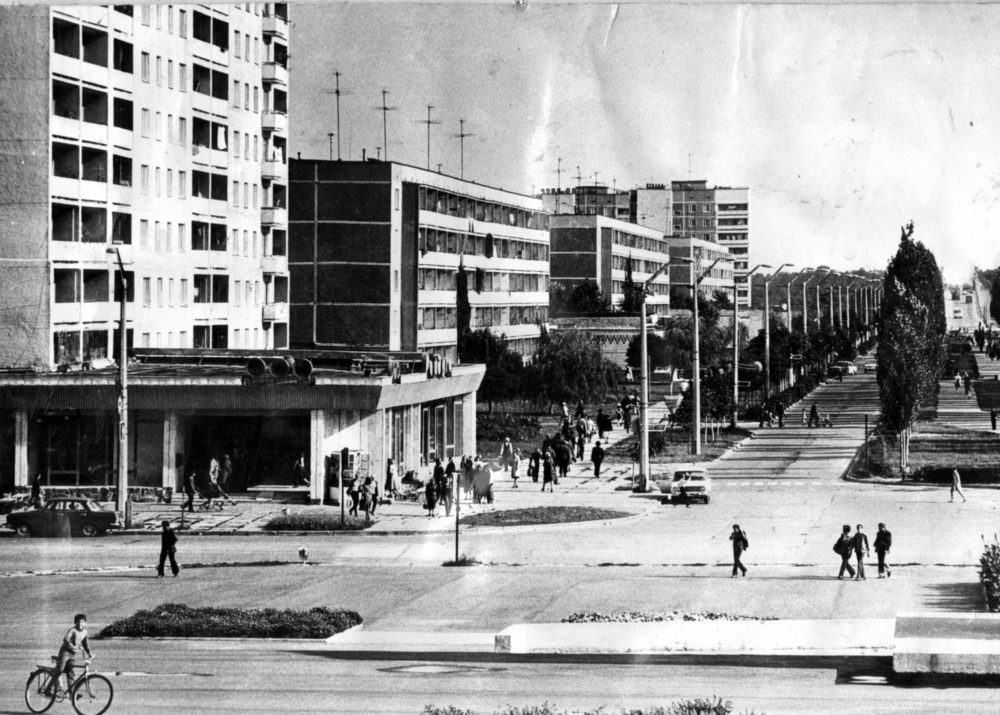
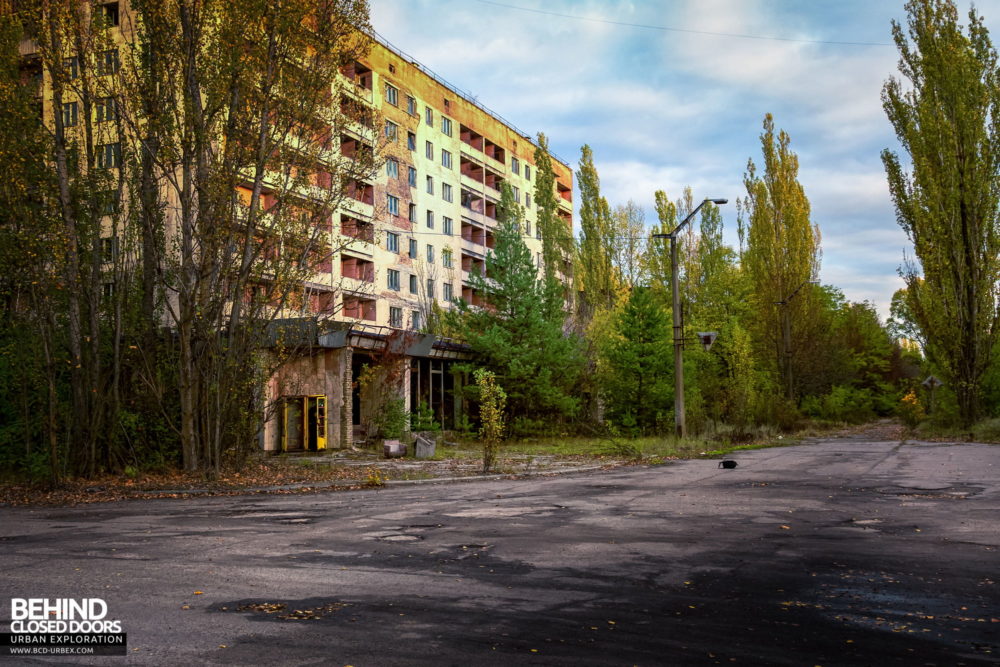
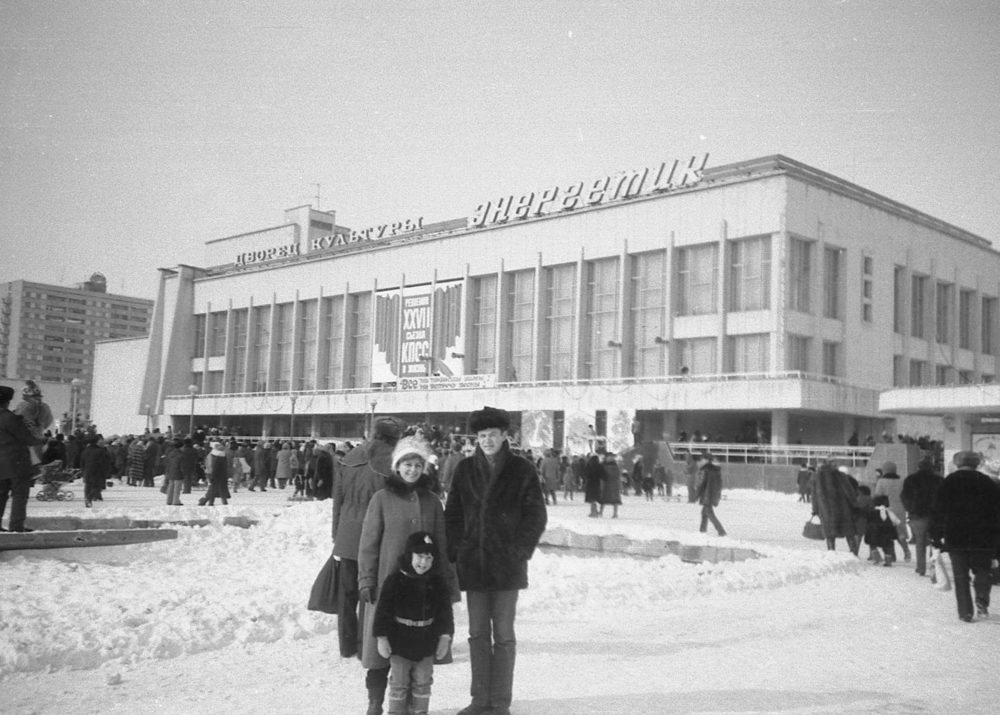
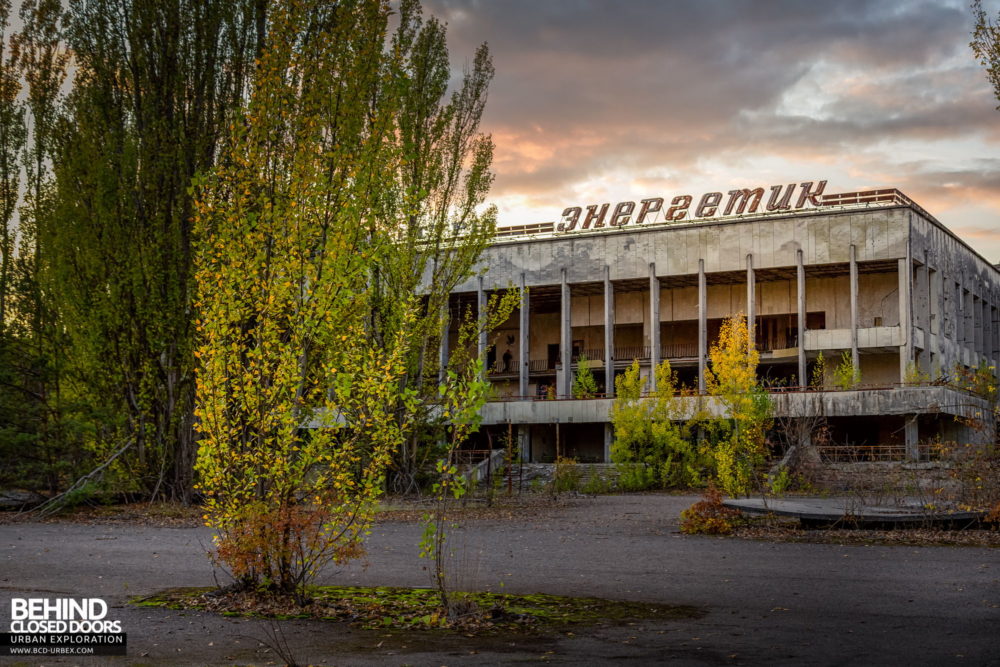
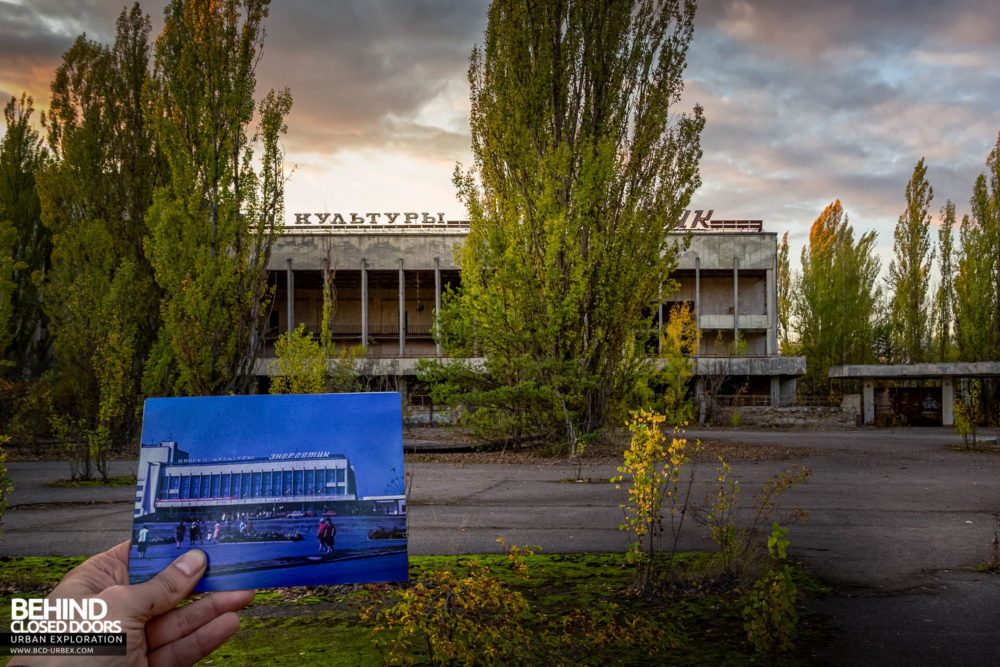
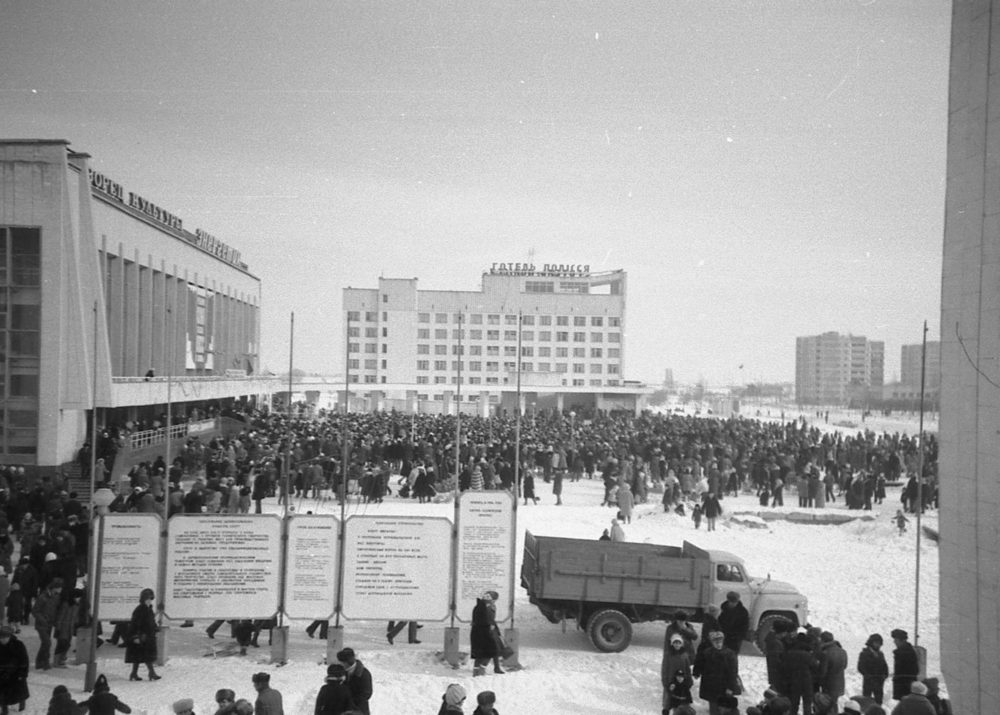
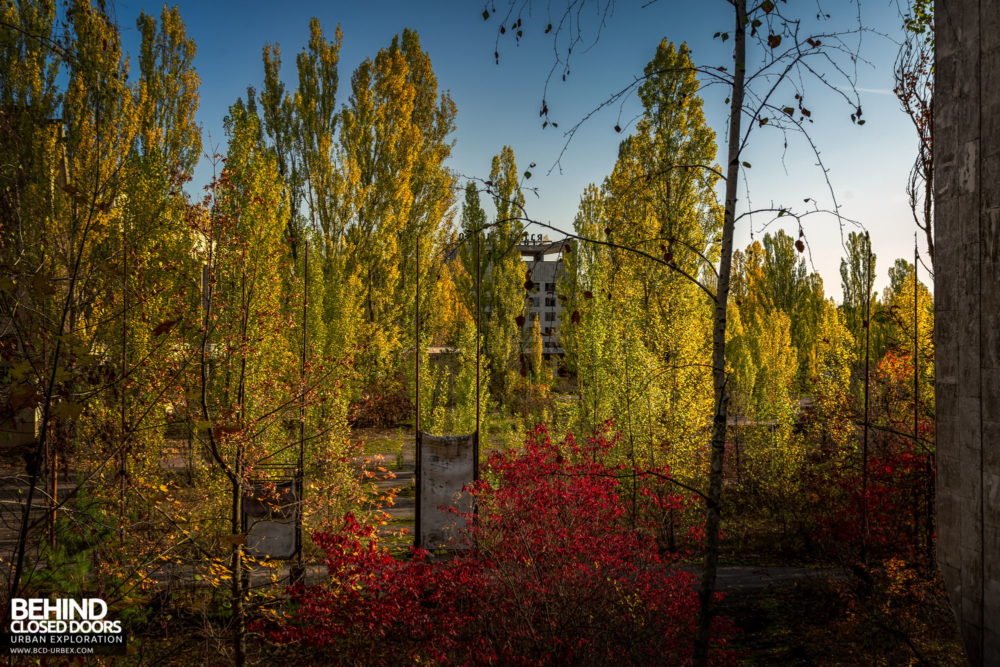
Polissya Hotel
As featured in Call of Duty 4: Modern Warfare, the Polissya Hotel is one of the tallest buildings in Pripyat. Situated on Lenin Square, the hotel was built in the mid-1970s to house delegates and guests visiting Pripyat.
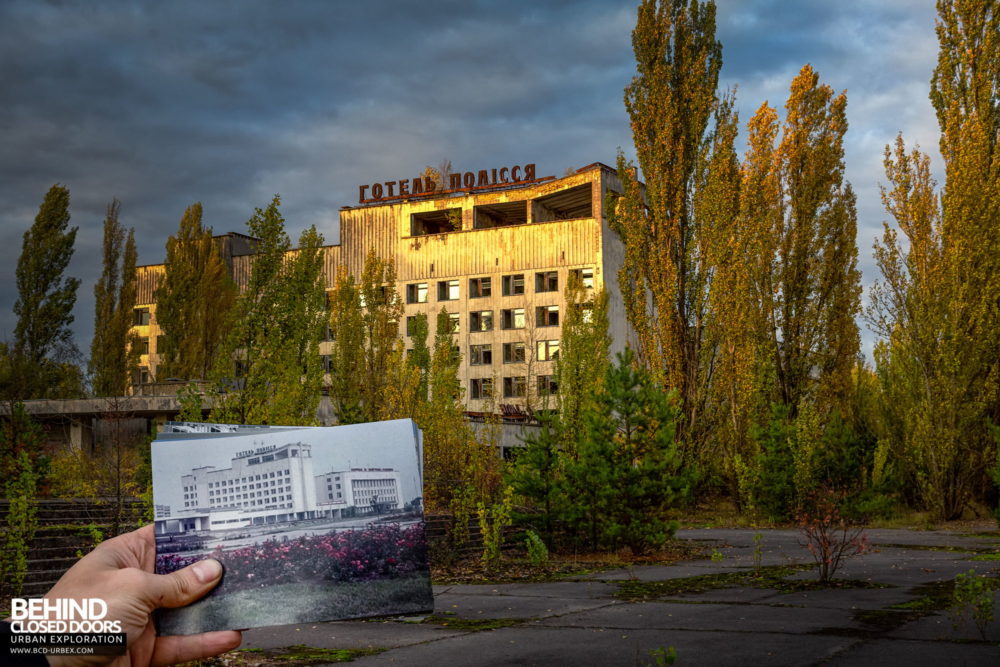
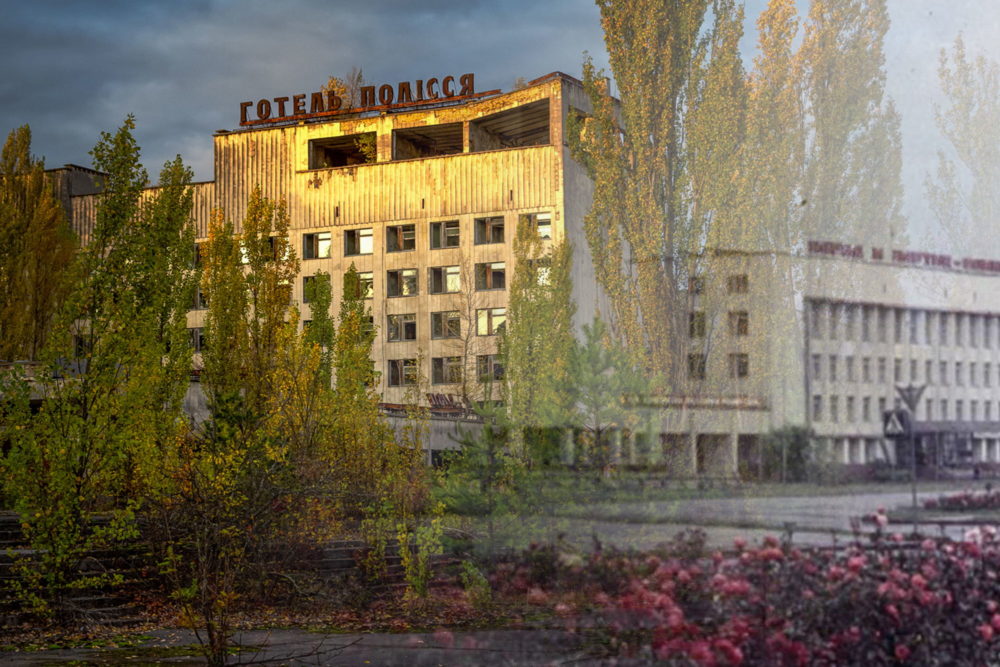
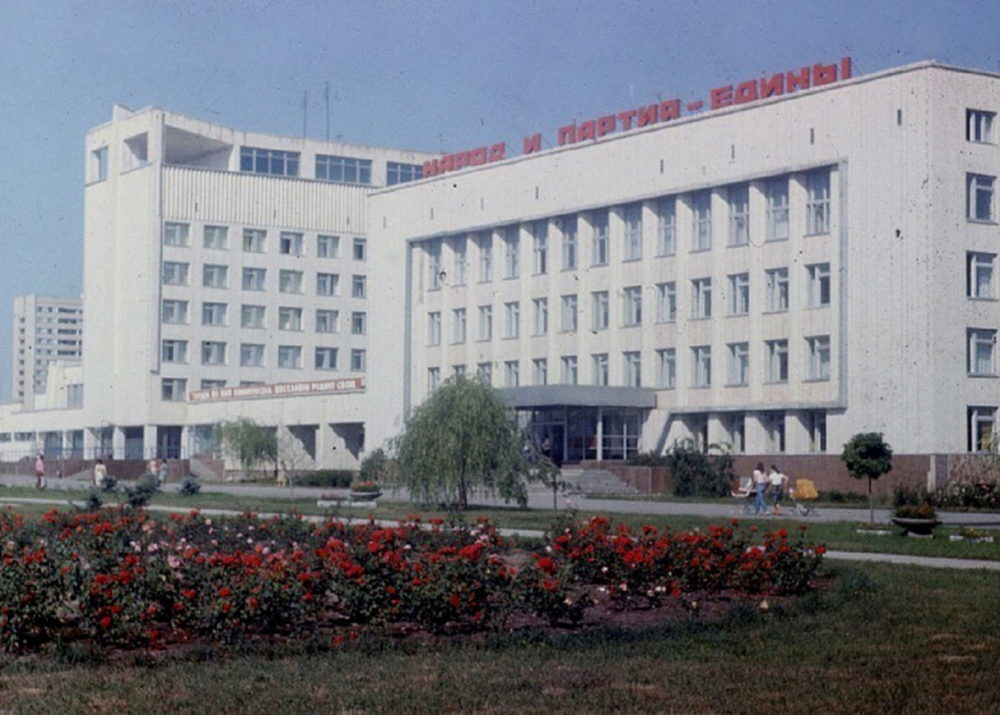
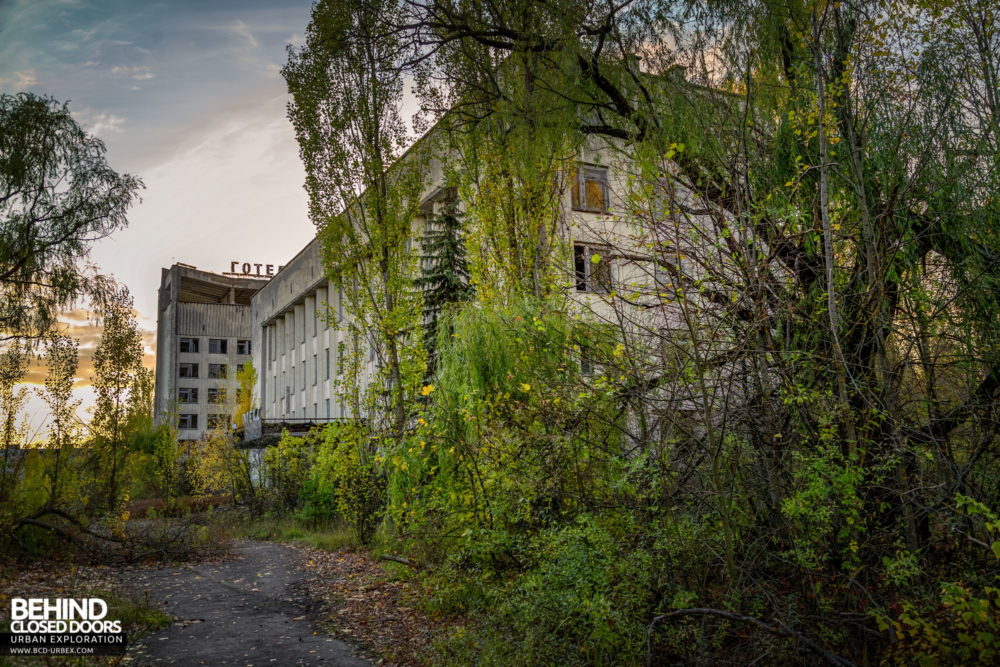
Department Store
The Department Store on Druzby Narodiv street is a large glass fronted building where residents of Pripyat could shop. The view of the shop is now mostly obscured, but the distinctive lettering on the roof can be glimpsed through gaps between the trees.
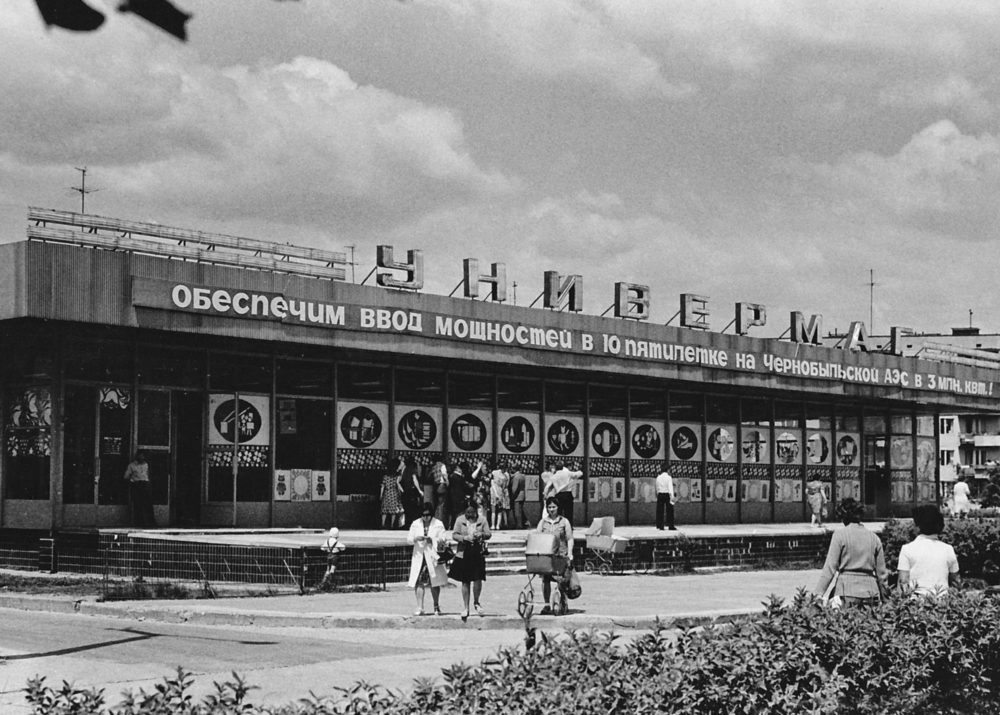
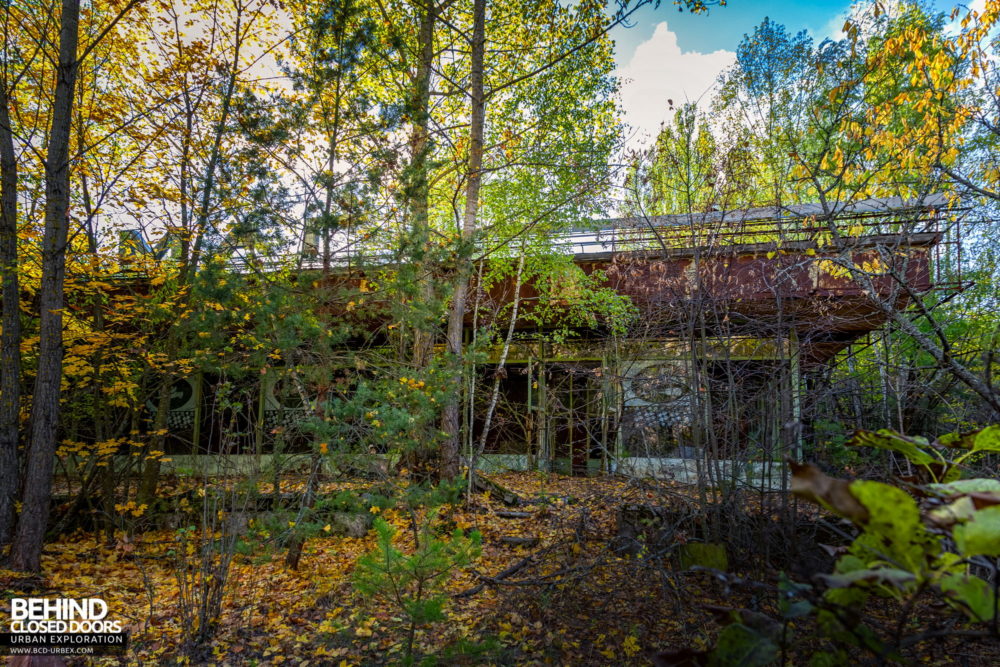
Amusement Park
The amusement park is located centrally in the city, just behind the Palace of Culture. It was due to be opened for May Day celebrations on 1st May 1986, but those plans were disrupted by the accident at the power plant. In an attempt to keep residents calm before being instructed to evacuate the city, the amusement park was opened early on 27th April for a couple of hours, and has not been used since. The Ferris wheel has now become iconic of the abandoned city and the Chernobyl disaster.
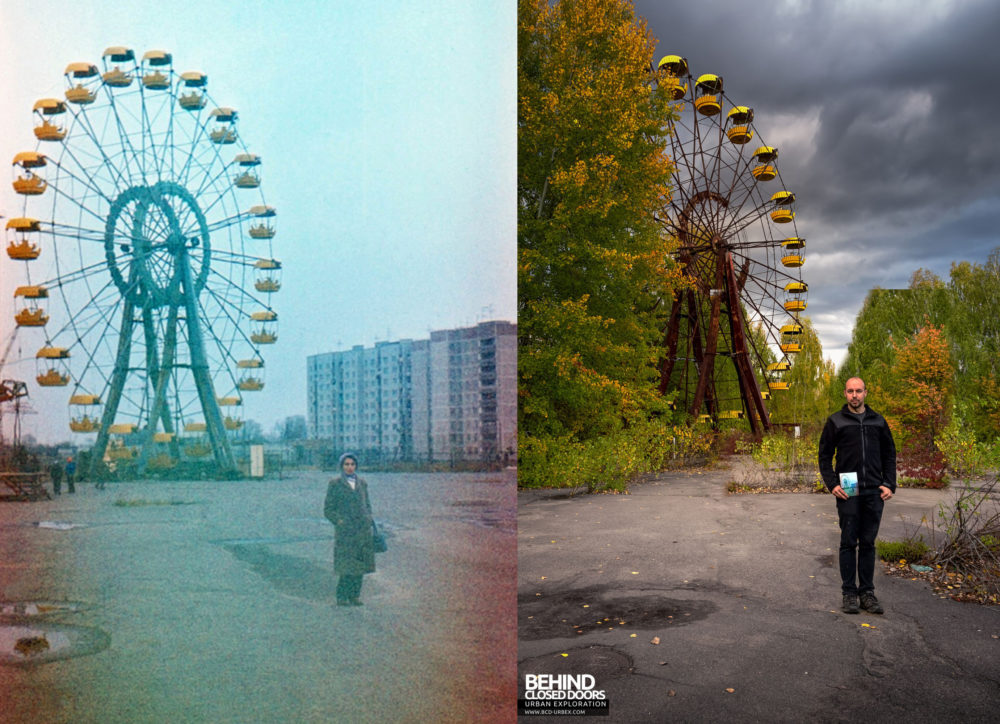
Tree of Nations
The “Tree of Nations” or “Friendship of Peoples” monument is a metallic obelisk depicting the 25 nationalities that moved to Pripyat from all around the Soviet Union. Most of the metal in Pripyat has been stolen by looters, so this has done well to survive.
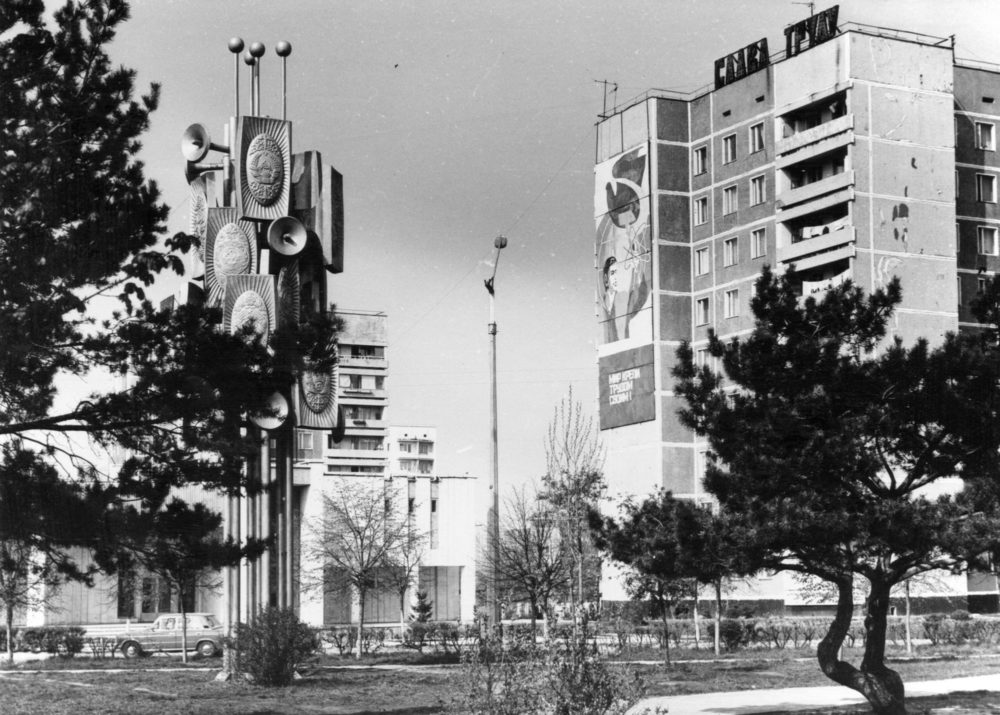
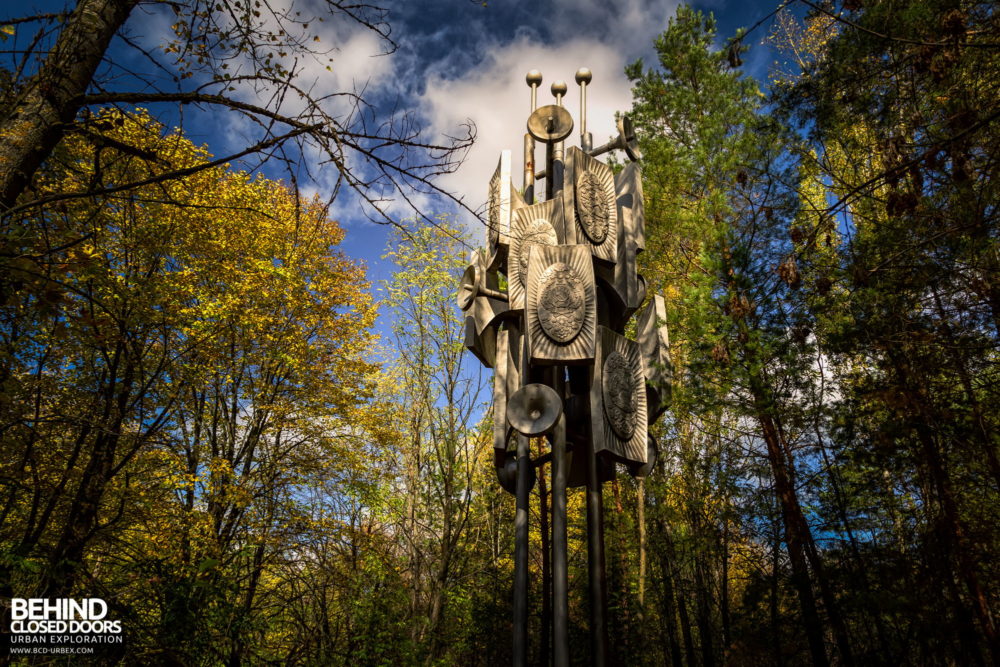
Fresh Food Stores
Located along Pripyat’s main street, Lenin Avenue, there are a number of shops and stores. One such shop was a fresh food outlet, featuring the a sign above which translates to “Meat, Fish, Vegetables”. Now only glimpses of the store can be seen through the trees, and it still features a decorative mosaic on the side.
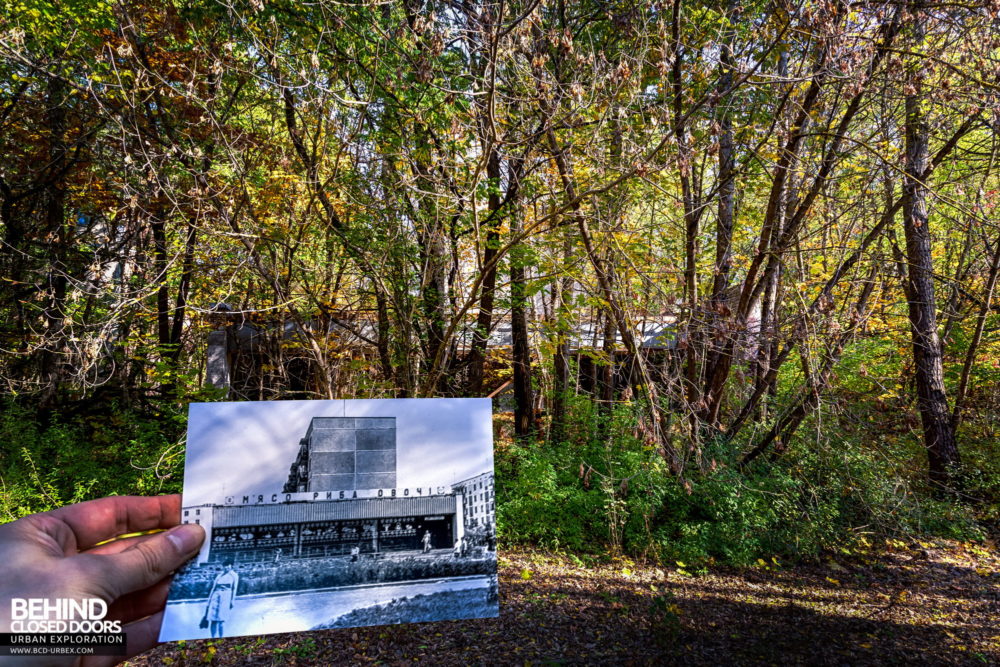
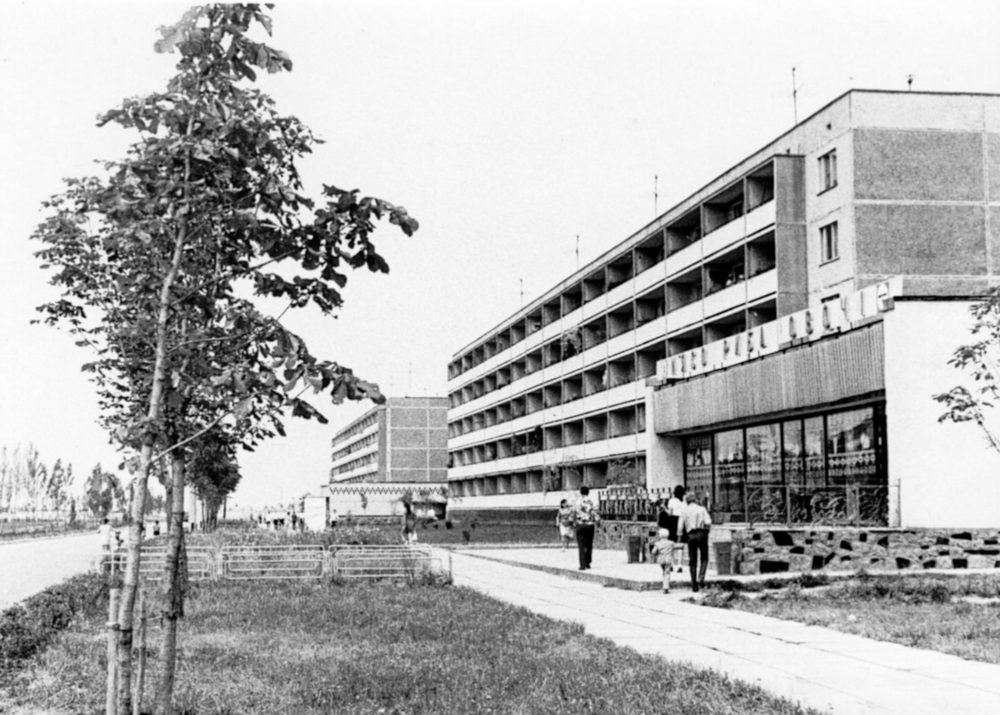
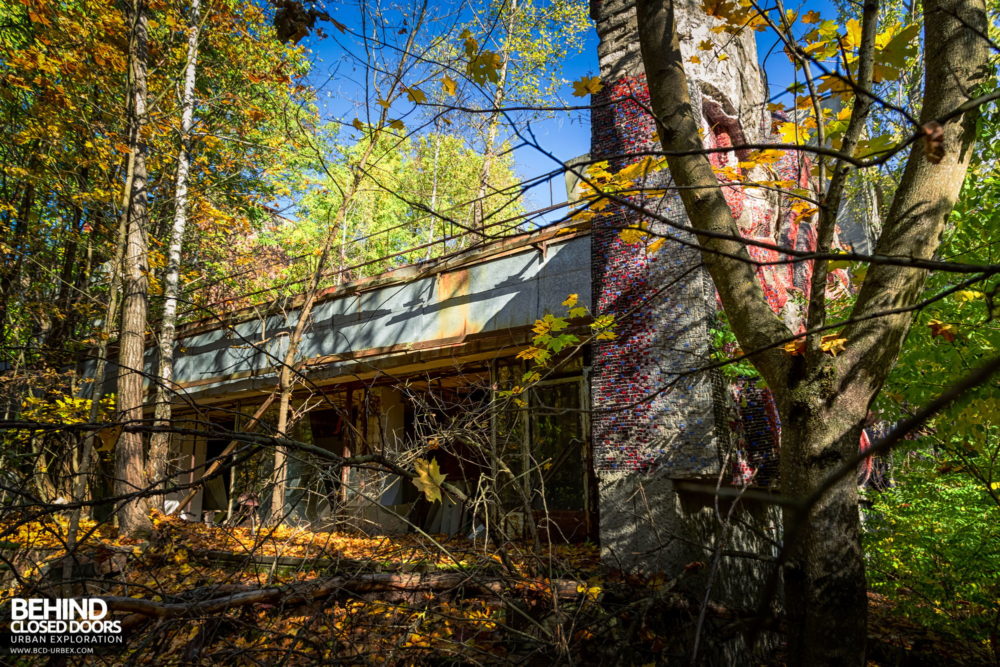
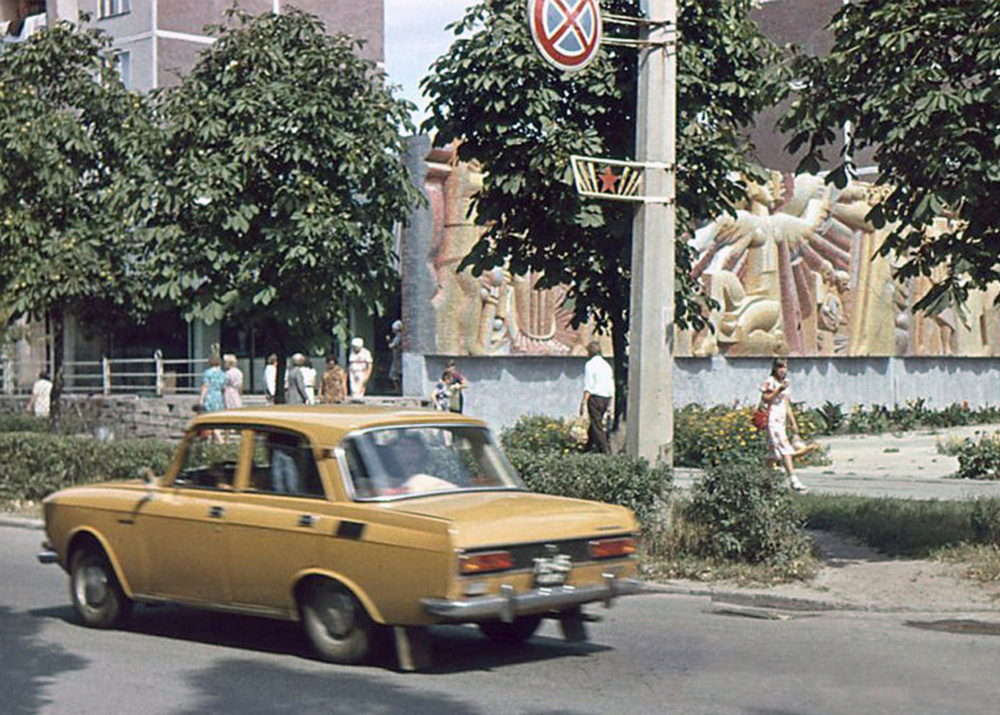
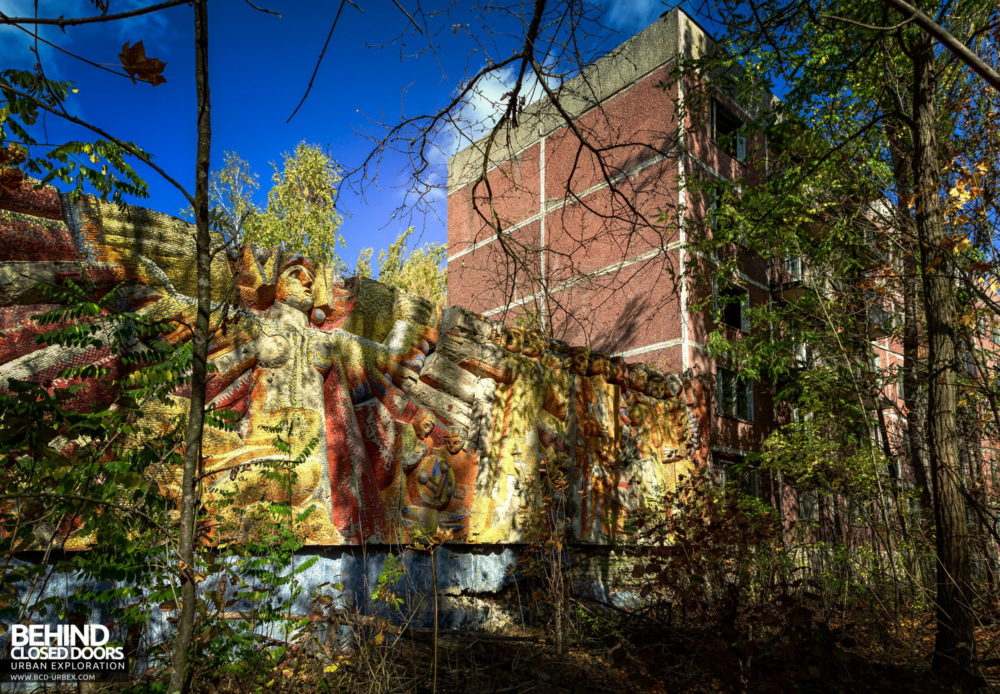
Prometheus Cinema
The Prometheus Cinema features a mosaic by Ivan Lytovchenko on one wall, created in 1975. A popular destination in its day, the cinema featured a statue of Prometheus in front of the building. The statue has since been moved, and is now positioned in front of the Chernobyl power plant.
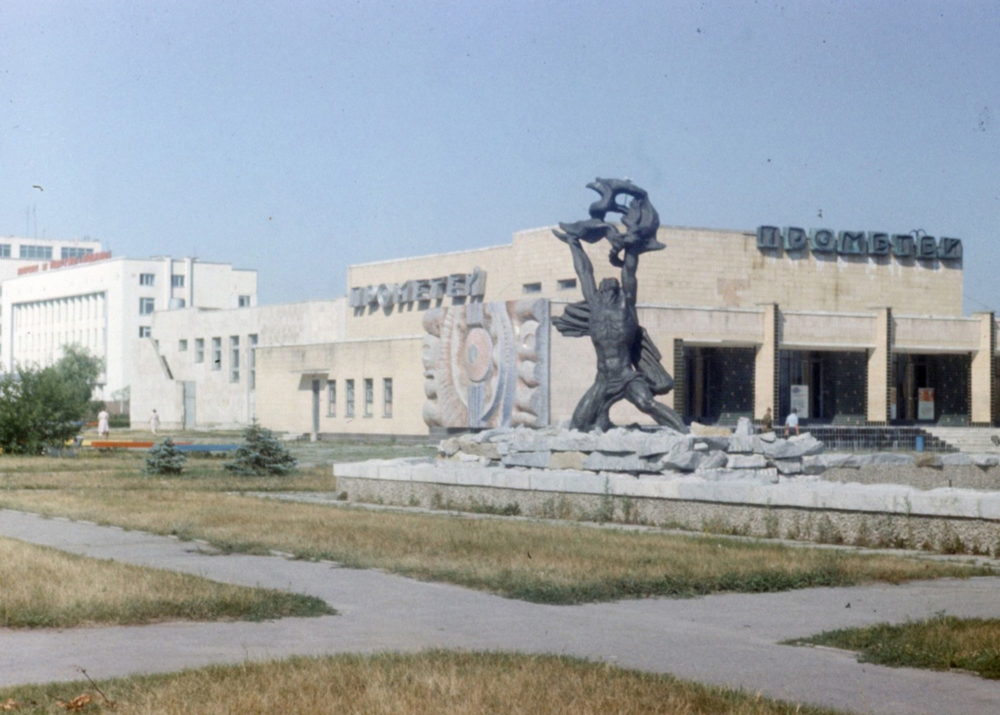
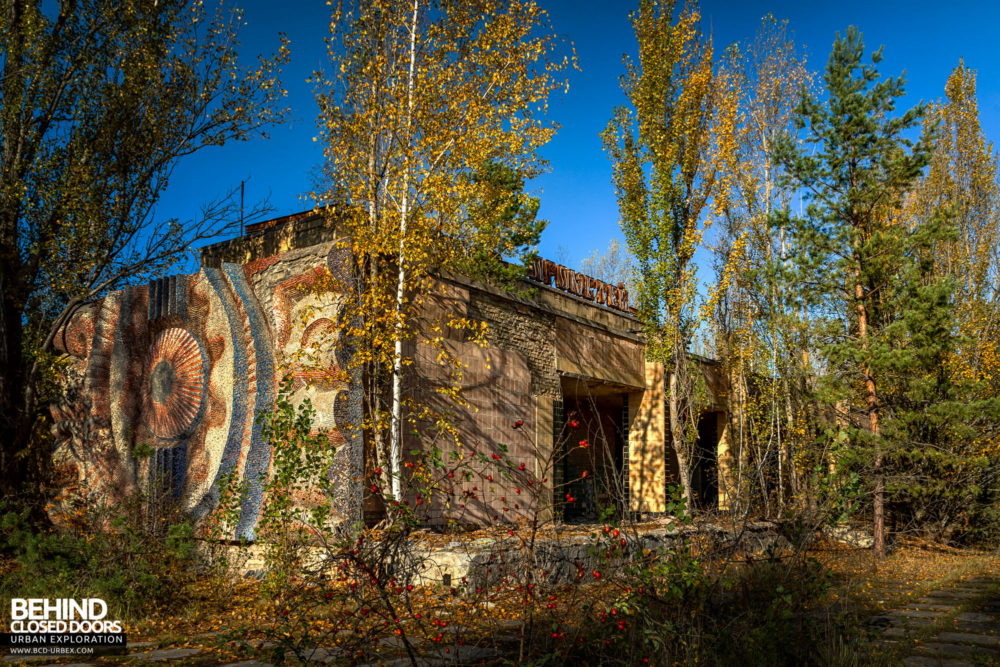
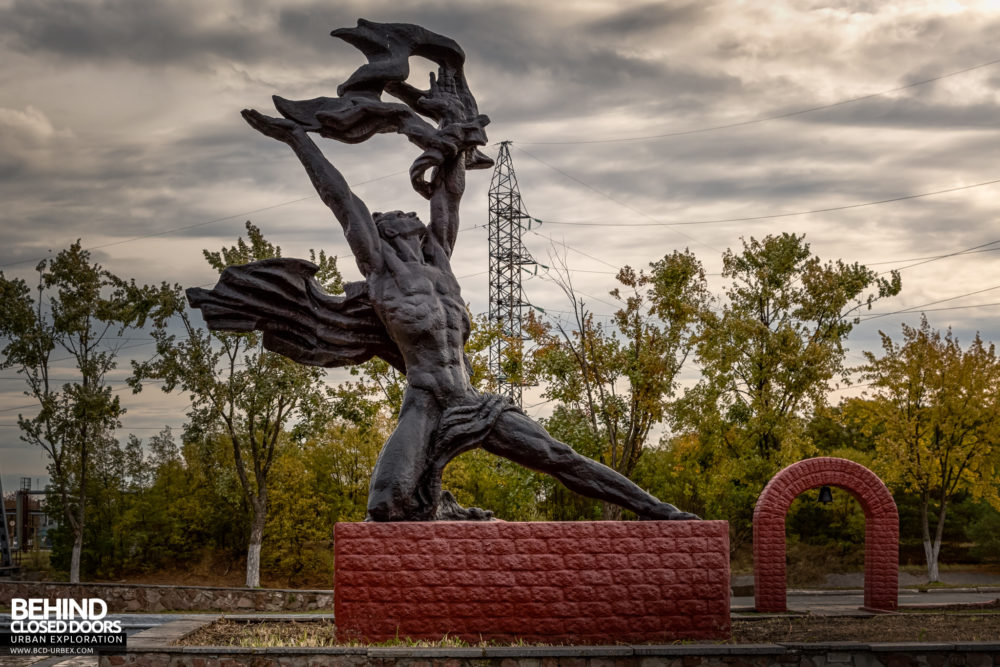
Propaganda
As with all Soviet cities, a lot of propaganda was places around the street and displayed on walls. Some of the propaganda still remains around Pripyat
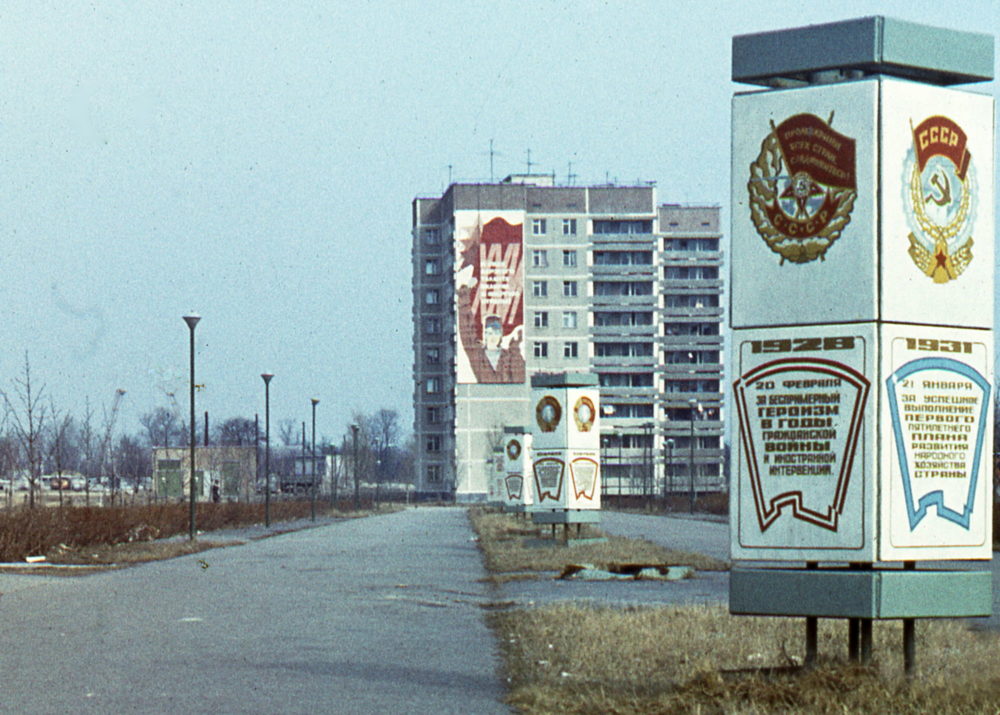
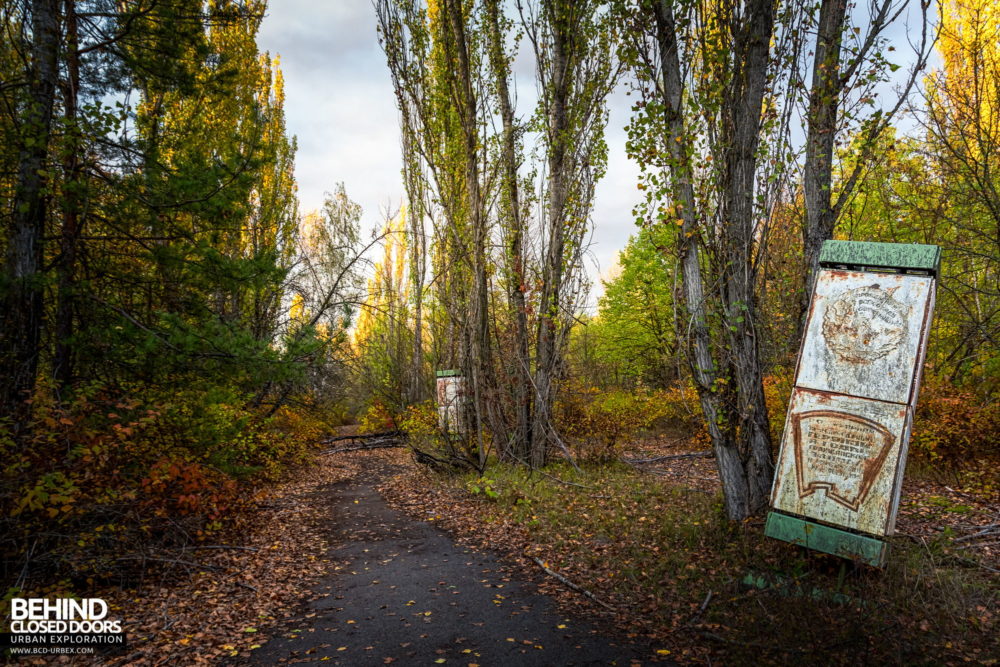
Rooftop View
A view of over the rooftops of Pripyat and the Chernobyl Power Plant itself in the distance. Only the tallest buildings are now visible above the trees, and the New Safe Confinement (NSC) over reactor 4 dominated the skyline.
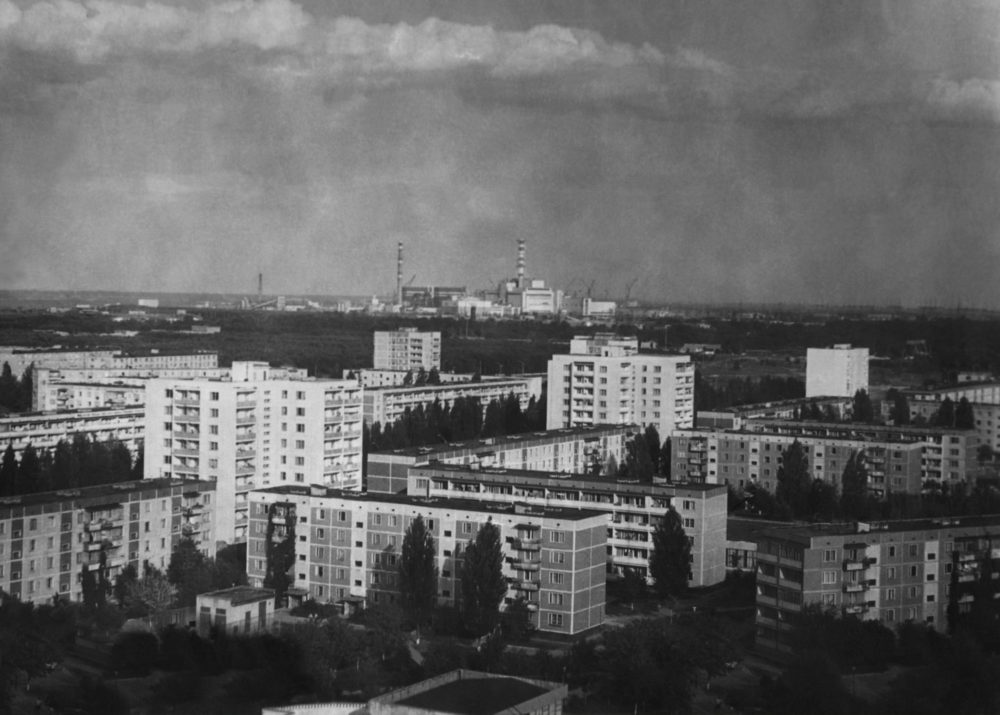
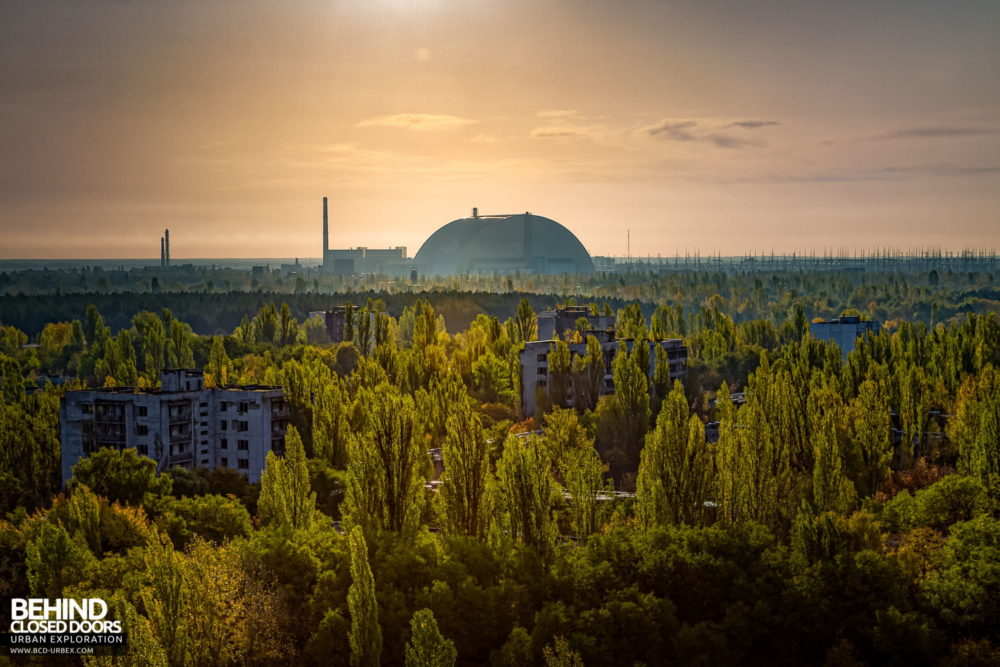
Reactor Hall
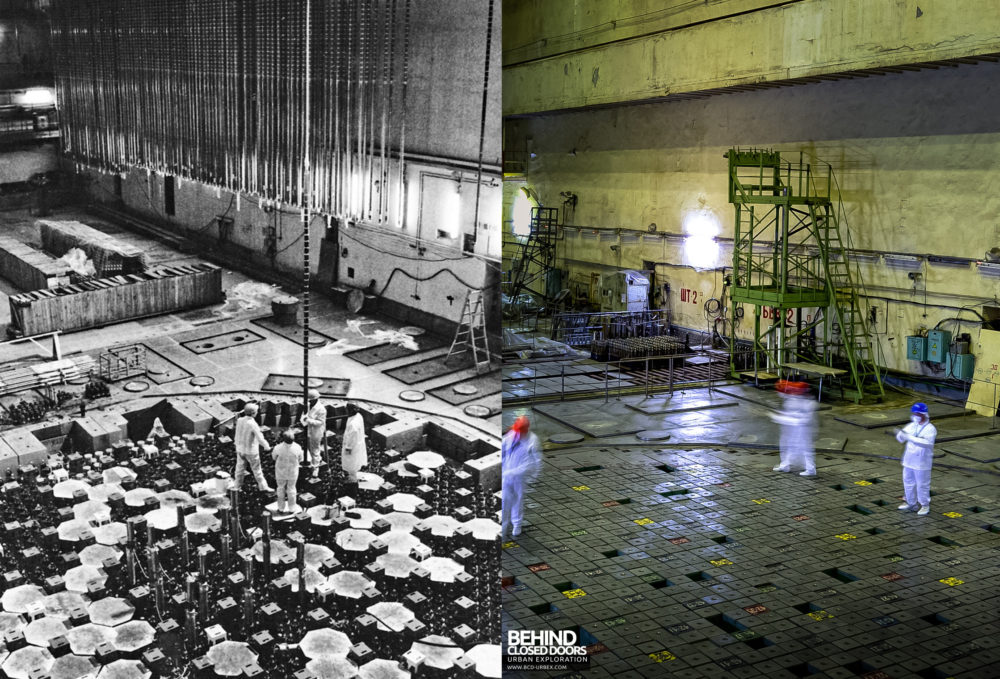


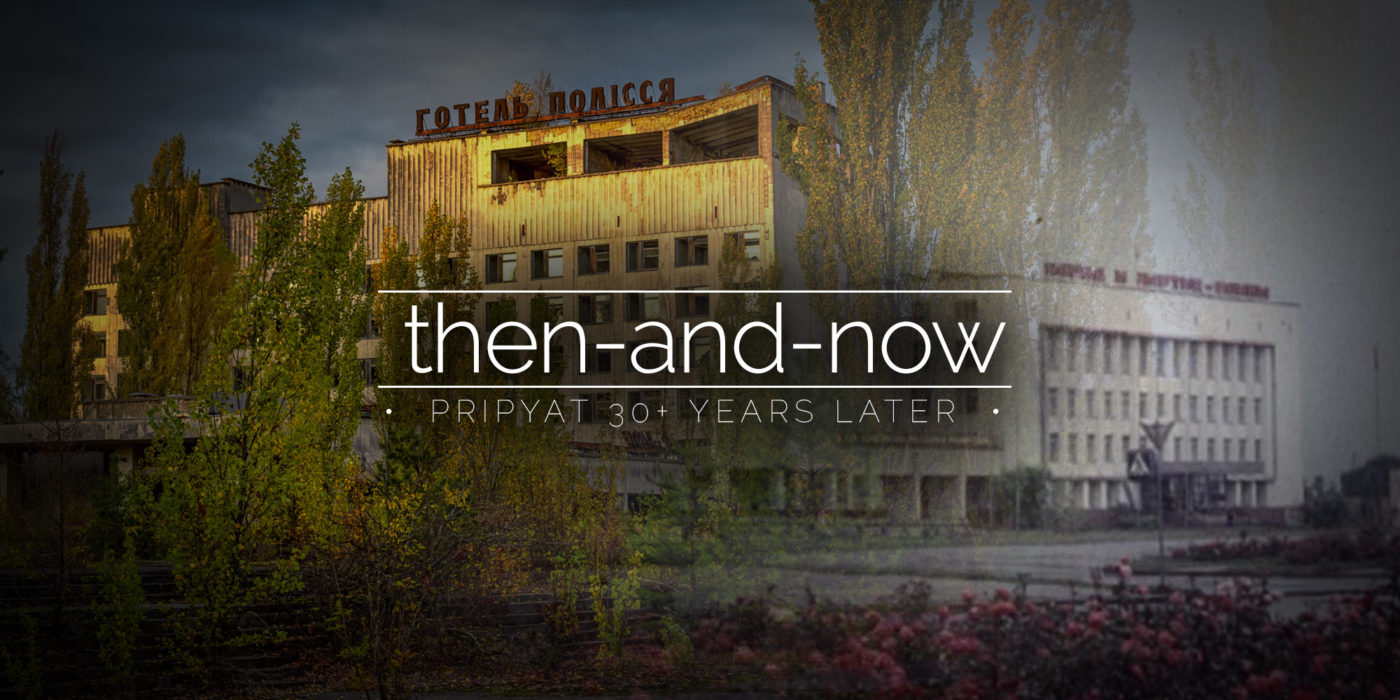

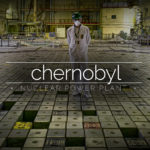
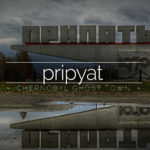
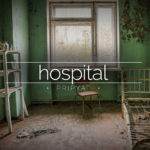


Excellent comparison with the old photos, I loved it.
It is ironic that humanity cannot stay there because of radioactivity but Nature has taken care of everything with all its splendor and strength. Where before you could only see cement, now you see green, trees.
Thank you for the photos. One could realy cry.
Excellent work